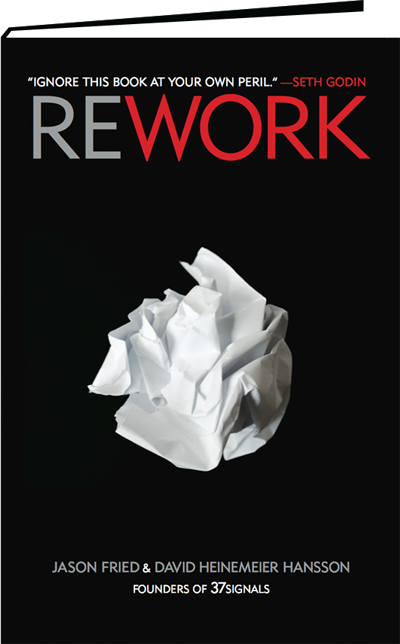Arjen Vrielink and I write a monthly series titled: Parallax. We both agree on a title for the post and on some other arbitrary restrictions to induce our creative process. This time we decided to write about how disaggregation will affect our (your) jobs. This post is a remix of existing content on the web. We were not allowed to write any original content but had to compose our post from at least 5 different sources on the web. Any web content could be used. You can read Arjen’s post with the same title here.

Content sources are disaggregating. Courses, albums, newspapers, and even TV programs (i.e. the 5 min YouTube video) are fragmenting into smaller pieces. Which, of course, increases options for re-creating/remixing (smaller the size, greater the opportunities for repurposing). (source)
Librarians and publishers are familiar with the term “the least publishable unit,” which referred to e-journal articles at the time they came into vogue. Now, “microcontent” is generally used to describe even smaller units of content that come from some larger whole. [..] E-learning disaggregates the learning process from the institution as students avail themselves of the “least unit”: a course can possibly be independent of place and time—tied to the parent institution in name only. Banking online reduces “the bank” to a series of activities, and the ordered presentation of a library’s physical collection of content and its highly structured services can be irrelevant and even inhibitory in a digital world. A nine-year-old’s Web page about spiders coexists with a presentation at a conference by the world’s expert on spiders and may be deemed more useful to a nine-year-old searcher than the expert’s paper. It’s about more than just content. It’s about context. (source)
[slideshare id=1572111&doc=reformation-2-090612001717-phpapp02]
Reuse, remix, mashup open learning:
[youtube=http://www.youtube.com/watch?v=4csN-cxyS-s&rel=0]
Today while more data is reaching us faster, our capacity to absorb and process this information has limitations. Rather than reading long passages of information, users merely “scan” for information, prompting web writers to group chunk information into smaller, consumable portions. According to Wikipedia, chunking is a method of presenting information which splits concepts into small pieces or “chunks” of information to make reading and understanding faster and easier. Chunked content usually contains bullet lists and shortened paragraphs with increased usage of subheads and scannable text, and bold key phrases. [..] Today our expectations for information equals our need immediate gratification. We want to-the-minute updated information and content, in an easily consumable form. It is therefore not surprising to see new forms of information consumption (and disbursal) have evolved to keep pace. [..] Examples of this type of microlearning include reading a paragraph of text, listening to a podcast or educational video-clip, viewing a flashcard, memorizing a word, vocabulary, definition or formula, selecting an answer to a question, answering questions in quizzes etc. By delivering learning content in small, consumable portions, mobile learning enables educators to supplement mainstream education through a method of quick review and research. (source)
As an instructional technology, microlearning focuses on the design of micro learning activities through micro steps in digital media environments, which already is a daily reality for today’s knowledge workers. These activities can be incorporated in learner’s daily routines and tasks. Unlike “traditional” elearning approaches, microlearning often tends towards push technology through push media, which reduces the cognitive load on the learners. Therefore, the selection of micro learning objects and also pace and timing of micro learning activities are of importance for didactical designs. (source)
New “tagging” technologies and practices, creating “soft” metadata, show a possible way to new kinds of collaborative knowledge environments. It will be shown that is not only microcontent itself, but also its contextualization through learner-centered approaches, discussion through trackbacks or commentaries, and “soft” object metadata which contribute to an understanding of microlearning and provide insights for implementing personal publishing systems in (educational) institutions. Until now, most of these conceptions are emergent on the web, so future research would have to identify possible uses and integration into learning environments and didactical applications. (source)





